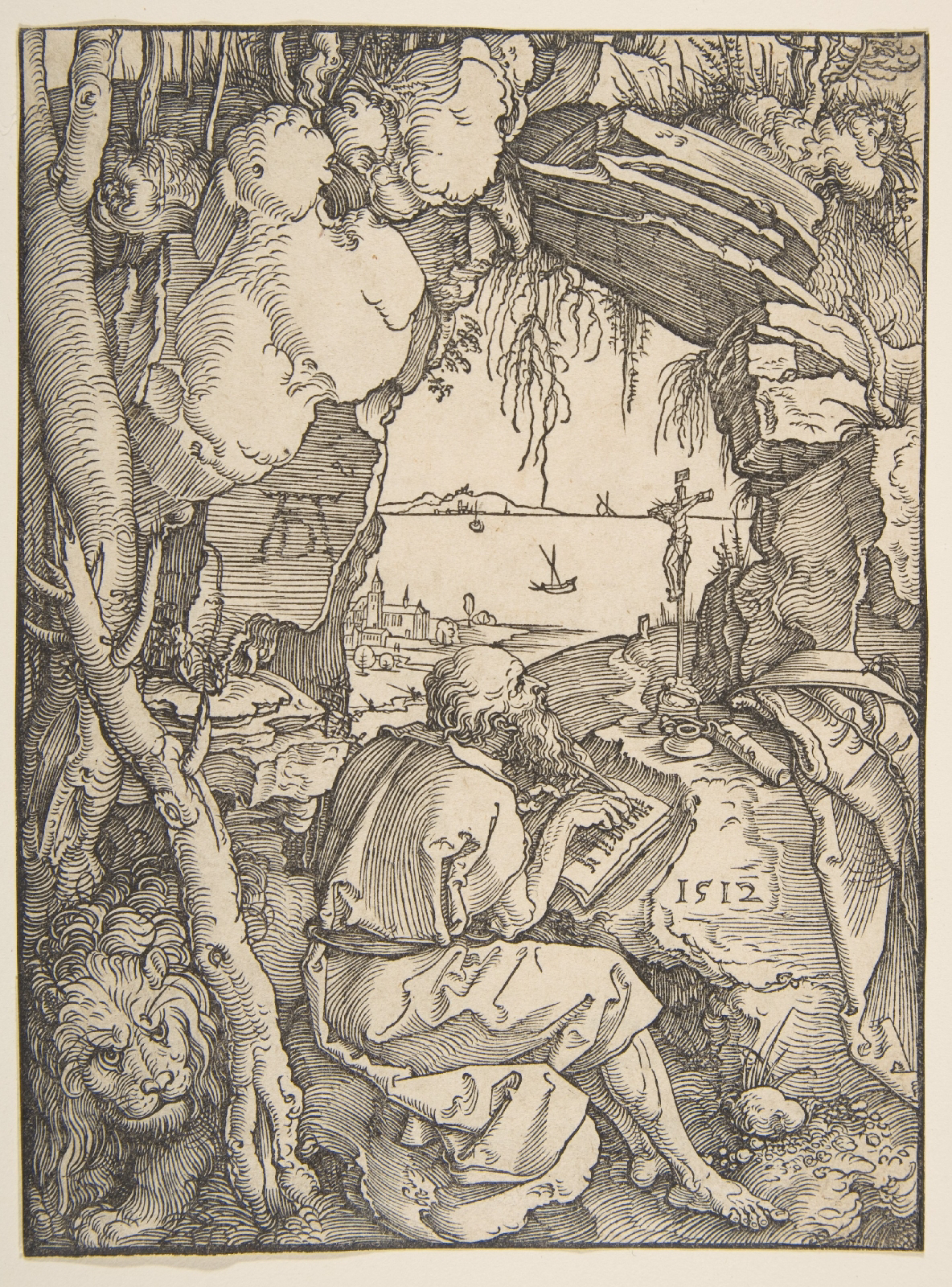Until recently, I had only been in one cave—a family-friendly tour at Silver Dollar City, dimly lit and narrated with theatrical flair. I remember the chill, the drip of water, the novelty. But it was spectacle, not encounter. A brush with the underground that didn’t yet stir anything deep.
This year, that changed. I’ve visited Bluff Dwellers Cave and others like it, and I’ve begun to feel the cave differently—not as a tourist or a child, but as a scholar. As someone attuned to the quiet labor of transformation.
Caves are alive. That’s the first realization. Not in the way we usually think of life—bursting, kinetic—but in the way that a breath is alive. Slow. Intentional. Enduring. Soda straws grow at a centimeter per hundred years. Curtains of calcite take centuries to unfold. Pools build their own barriers, molecule by molecule. Animals lose their pigment and eyes, adapting not to conquer, but to remain. And even humans leave their mark here—charcoal ash, flint tools, carved names and modern railings. The cave keeps it all. Nothing is erased. It is one of the few places where time accumulates instead of slipping away.
So when I encountered Albrecht Dürer’s Saint Jerome in a Cave (1512), I didn’t see just a saint, or a setting. I saw a scholar in solitude. A mirror. A myth of myself.
I, too, am in a cave right now.
Not of stone, but of focus. A cave made of books and screens, of marked-up PDFs and memo drafts. I’m in the late stages of my dissertation, working within the strange silence that research creates—where meaning reveals itself only through patient return. The days blur. The sun moves through the window and I barely register it. I sit. I code. I write. I revise. It is good work. But it is lonely.
That’s why Dürer’s image struck so deeply. Jerome sits in a stone grotto, surrounded by tools of thought: a manuscript, an inkpot, a skull. A lion lies near him, not fierce but faithful. The mouth of the cave opens to a world outside—water, ships, a crucifix on a hill—but Jerome stays within, translating the Word into something the world can read.
This is not escapism. It’s dedication.
And it speaks to what I feel now. To translate experience into theory. To take the voices of those I’ve interviewed and offer them back in a form that might mean something—not just to me, but to others. It is holy and ordinary work. Like Jerome, I labor in silence. Like the cave, I hold more than I can say.
Carl Jung wrote of the cave as one of our most primal archetypes: “It is the place of transformation, of descent and return. The place where the ego dies and the Self is born.” In dreams, he said, caves often symbolize the unconscious—the place where our hidden contents dwell, waiting to be encountered and integrated.
That’s what the dissertation process has been for me—not just a study, but a descent. A confrontation with doubt, with memory, with intellectual edges I didn’t know I had. I’ve surfaced questions about education, justice, and redemption that reach far beyond the classroom. And in that descent, I’ve had to let go of some things—certainty, perfectionism, even the desire to be understood.
I think that’s what the cave asks of us: not answers, but presence. Not speed, but stillness. I don’t conquer the cave. I belong to it, for a time.
What emerges from Jerome’s cave is not merely a manuscript—it is a sacred offering. The Latin Vulgate. The Bible itself, reborn through a scholar’s solitude. In that image, knowledge becomes sacrament. The Word made flesh, again. Not on a mountaintop, but in a cave.
There’s something powerful in that for me as an education scholar. We often speak of learning as light—enlightenment, illumination, the dawning of truth. But caves offer another metaphor: that wisdom is slow. That it forms in the dark. That our most meaningful insights are grown, not grasped.
Like the soda straws and cave pearls, what I’m working on now may not look like much in a single moment. But over time—across drafts, years, iterations—it becomes something. Something that holds. Something that might last.
When I step back from Dürer’s print, I no longer see just a saint. I see the scholar I’m trying to be.
I see that the work I do, tucked away and quiet, is not separate from the world—it prepares me for it. Like Jerome, I hope to emerge from this cave not with all the answers, but with something truer than certainty: understanding.
The cave holds me. Challenges me. Shapes me.
And maybe that’s the deeper invitation in both Dürer’s image and Jung’s vision—not to avoid the cave, but to enter it. To trust that what lives there—the silence, the labor, the stone, the self—is not an exile from life, but a deeper participation in it.
Because in caves, as in scholarship, the sacred doesn’t shout.
It drips.
